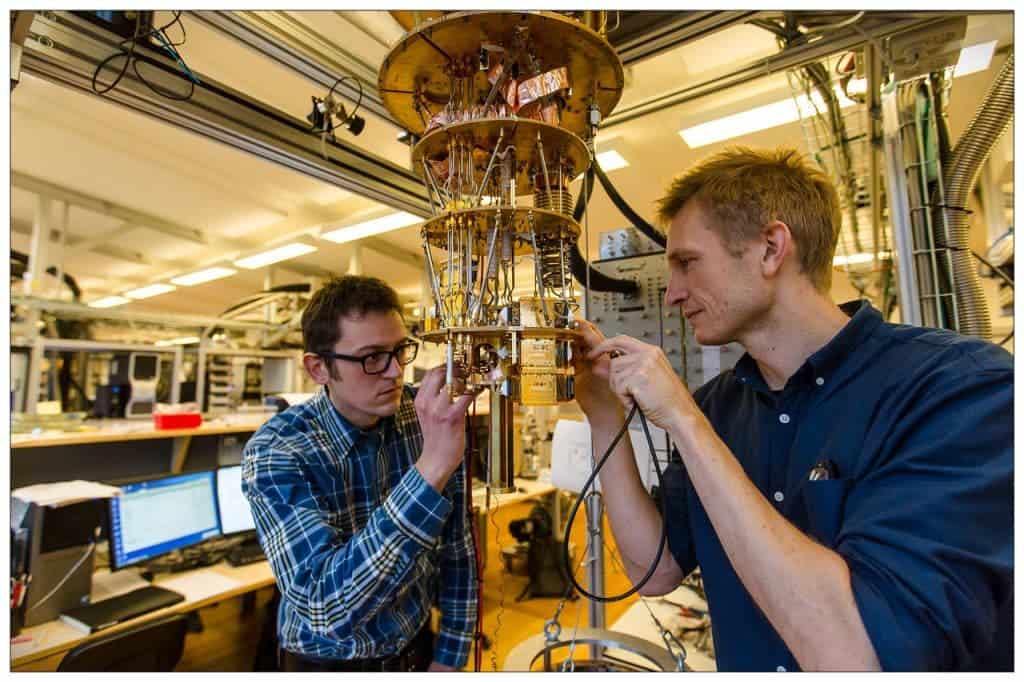A novel type of nanowire crystals was demonstrated by researchers at the University of Copenhagen that can fuse together both semiconductor and metallic materials with atomic precision at their interface. This way, nanowires and their electrical contacts have been fused in one hybrid material which might lay the foundation for the next generation of semiconductor electronics.
A perfect fit

In the future, electronics will get smaller and smaller and will pack more power per area. With this in mind, it becomes critical that both fabrication and assembly methods are employed such that quality isn’t lost with miniaturization. The new material, comprised of both a semiconductor and metal, has a special superconducting property at very low temperatures and could play a central role in the development of future electronics.
“Our new material was born as a hybrid between a semiconducting nanowire and its electronic contact. Thus we have invented a way to make a perfect transition between the nanowire and a superconductor. The superconductor in this case is aluminium. There is great potential in this,” says Associate Professor Thomas Sand Jespersen, who has worked in the field for more than 10 years, ever since research into nanowire crystals has existed at the Nano-Science Center at the Niels Bohr Institute.
Nanowires can be incredibly thin — it’s possible to create a nanowire with the diameter of just one nanometer, though engineers and scientists tend to work with nanowires that are between 30 and 60 nanometers wide. Scientists hope that they will eventually build the smallest transistors yet using these, but other semiconductor sectors like solar are also very interested in them. As a side note, it’s visiting the smallest transistor in the world, built at the molecule scale. When working with nanowires, one of the most delicate jobs is satisfying a good transition between these and an electrical contact to the outside world.

Depending on what it’s made from, a nanowire can have the properties of an insulator, conductor or semiconductor. In this case, nanowire crystals made from InAs acted as a semiconductor material. Until now, the nanowires and electrical contacts were made separately, then carefully joined. This new approach, however, fuses both from the get go.
“The atoms sit in a perfectly ordered lattice in the nanowire crystal, not only in the semiconductor and the metal, but also in the transition between the two very different components, which is significant in itself. You could say that it is the ultimate limit to how perfect a transition one could imagine between a nanowire crystal and a contact. Of course this opens many opportunities to make new types of electronic components on the nanoscale and in particular, this means that we can study the electrical properties with much greater precision than before,” explains Assistant Professor Peter Krogstrup, who has worked hard in the laboratory to develop the contact.
The authors explain in their paper that this perfect contact can be replicated in a chip fitted with billions of identical semiconductor-metal nanowire hybrids.
“We think that this new approach could ultimately form the basis for future superconducting electronics, and that is why the research into nanowires is interesting for the largest electronics companies,” says Thomas Sand Jespersen.


